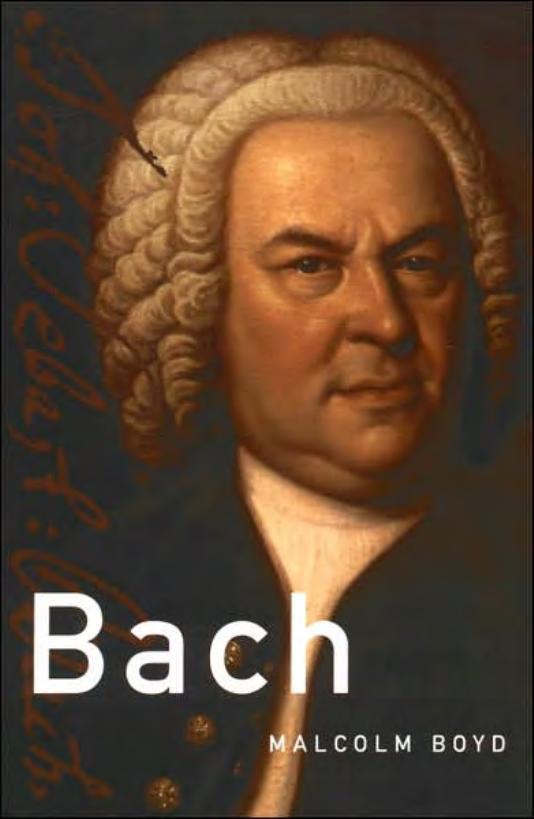J.S. Bach BWV 543 Prélude and Fugue with sheet music
Johann Sebastian Bach, (born March 21 [March 31, New Style], 1685, Eisenach, Thuringia, Ernestine Saxon Duchies [Germany]—died July 28, 1750, Leipzig), composer of the Baroque era, the most celebrated member of a large family of north German musicians.
Although he was admired by his contemporaries primarily as an outstanding harpsichordist, organist, and expert on organ building, Bach is now generally regarded as one of the greatest composers of all time and is celebrated as the creator of the Brandenburg Concertos, The Well-Tempered Clavier, the Mass in B Minor, and numerous other masterpieces of church and instrumental music.
Appearing at a propitious moment in the history of music, Bach was able to survey and bring together the principal styles, forms, and national traditions that had developed during preceding generations and, by virtue of his synthesis, enrich them all. You can find Bach’s selected sheet music in our Library.
Johann Sebastian Bach (1685-1750) is one of the great composers in Western musical history. He was born in Eisenach, Germany, into a family of working musicians. In 1695, when he was just nine years old, his parents died and he was sent to live with his brother, Johann Christoph, an organist. Whilst living with his brother, he learnt the keyboard and studied composition on his own.
He worked as an organist, then as a court composer at Cöthen (now Köthen) and then as musical director at St Thomas’s church in Leipzig, producing many hundreds of choral and instrumental works (and hundreds of thousands of pages of handwritten parts).
Bach married twice and fathered eight surviving children, three of whom became notable composers in their own right. He was a devoutly religious man, and knew tragedy: his first wife died suddenly while he was away on business; 12 of his 20 children died in infancy; one of his sons had severe learning difficulties; and another ran away from home in his teens and died in mysterious circumstances.
With employers, who rarely appreciated his talents, he was chippy and argumentative; at a family gathering with a few drinks and a pipe of tobacco, however, he was robustly good-humored, especially when the Bach clan took turns to improvise rude country songs.
What is special about his music?
Bach’s style is baroque, characterized by lots of notes, simple motoric rhythms, and steady shifts of underlying harmony – it was derided by some as ‘sewing-machine music’. But he explored harmony much more deeply than other composers of the time: compared to say Handel or Vivaldi, Bach’s music can contain extraordinarily ‘jazzy’ chords and surprising dissonance, and will jump off to many harmonic areas.
It is also ‘absolute music’ – in other words, it often seems to exist apart from any particular instrument, as a constructional idea by itself; consequently the same piece can work as effectively on a piano as a guitar, as a choral work or an orchestral arrangement.

What is a fugue?
Bach excelled at counterpoint – the composition of two superimposed independent lines so that each makes musical sense by itself, but also combines seamlessly with the other.
He excelled even more at the fugue, a glorious but fiendishly difficult contrapuntal musical form. A fugue is a kind of musical chase between two or more lines. The first line starts; after a few seconds, the second line joins in. It is slightly higher or lower than the first, but otherwise almost identical. A third or fourth line may join. The skill of a fugal composer is to make the lines develop independently, yet still fit together, while making each line recognizably a delayed variation of the preceding one. Such was Bach’s expertise on the organ that he could improvise a four-part fugue.
Bach’s preludes and fugues for keyboard are one of the landmarks of western classical music. For each major and minor key of the 12 notes of the scale there is a free-flowing prelude, followed by a tightly-constructed fugue, totaling 24 preludes and 24 fugues. He wrote two such sets, making 48 in all. They are often referred to as ‘the 48’, or by the more general title ‘The Well-Tempered Clavier’.
‘Clavier’ simply means ‘keyboard instrument’. The pieces are usually played on the piano nowadays; in Bach’s lifetime the instrument was still being developed, and they would most commonly have been played on a harpsichord.
The ‘well-tempered’ refers to the piece’s demonstration of how consistently the instrument is tuned across different keys, though exactly which tuning system Bach had in mind is the subject of much scholarly debate.

Browse in the Library:
Or browse in the categories menus & download the Library Catalog PDF:
